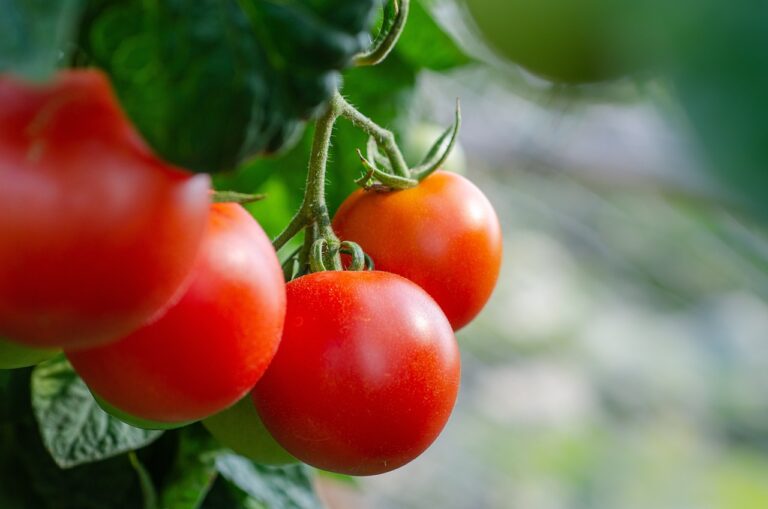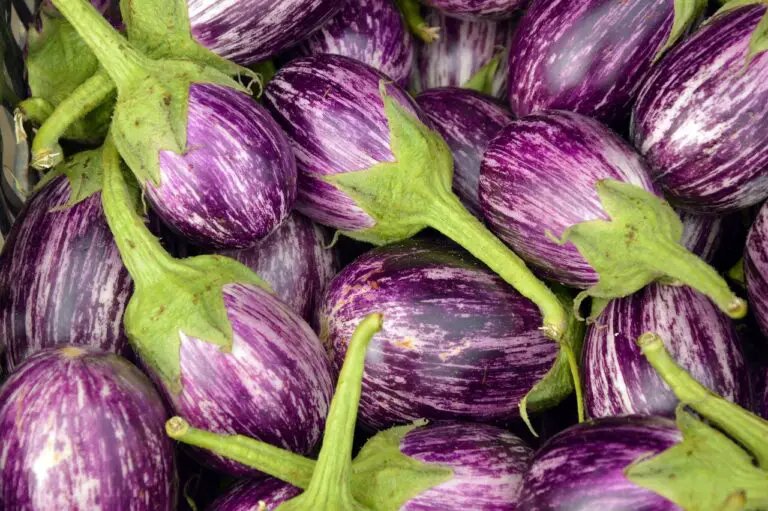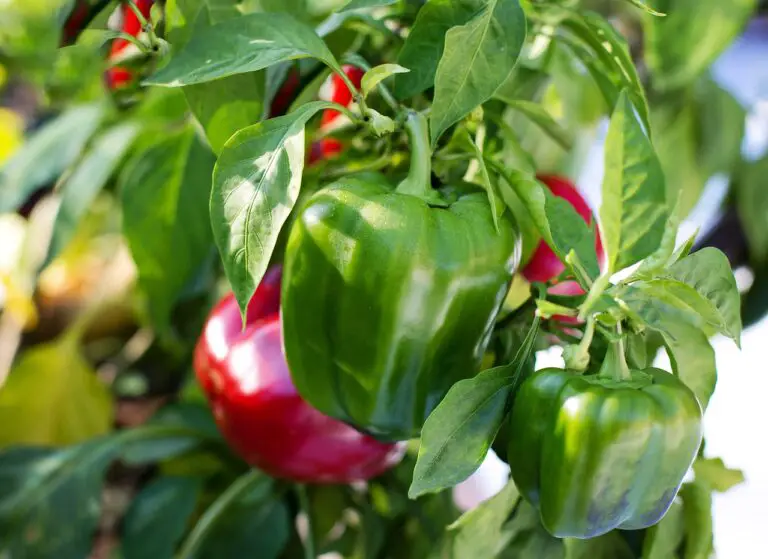10 Tips To Increase Fruit Production On Squash

Squash, with its diverse varieties, adds both color and flavor to our gardens and tables. While cultivating squash can be a rewarding experience, achieving optimal fruit production requires careful attention to various factors. In this article, we’ll explore ten essential tips to boost squash fruit production, ensuring a bountiful harvest for your culinary delights and aesthetic pleasures.
10 Tips To Increase Fruit Production On Squash
1. Choose the Right Variety:
Selecting the appropriate squash variety is fundamental to a successful harvest. Different varieties have distinct growth requirements and susceptibilities to pests and diseases. Consider factors such as climate, soil type, and available space when choosing your squash varieties.
When cultivating in cooler climates, opt for varieties that have a shorter growing season. Conversely, in warmer regions, choose heat-tolerant varieties. Understanding the specific needs of the selected squash variety sets the foundation for a successful cultivation journey.
2. Optimal Soil Preparation:
Healthy soil is the cornerstone of a productive squash garden. Ensure your soil is well-draining, rich in organic matter, and has the right pH level for squash growth. Conduct soil tests to determine nutrient levels and amend the soil accordingly.
Incorporate well-rotted compost or aged manure to enhance soil fertility. Squash plants are heavy feeders, particularly in the early stages of growth. By providing a nutrient-rich environment, you lay the groundwork for robust plant development and increased fruit production.
3. Proper Spacing and Planting:
Squash plants thrive in well-spaced environments. Plant them at the recommended distance to prevent overcrowding, which can lead to poor air circulation and increased susceptibility to diseases. Adequate spacing also allows each plant to access sufficient sunlight, essential for healthy fruit development.
When planting squash, consider using raised beds to improve drainage and warmth. Proper spacing and planting techniques contribute to stronger, disease-resistant plants, setting the stage for a flourishing harvest.
4. Implement Regular Pruning:
Pruning is a crucial practice to enhance airflow and sunlight penetration within the squash canopy. Remove excess foliage, especially on bush-type varieties, to reduce the risk of fungal diseases. Pruning also directs the plant’s energy toward fruit development, resulting in larger and more abundant squash.
Be mindful not to over-prune, as this can stress the plants. Regularly inspect your squash plants and trim away any damaged or diseased leaves to promote overall plant health.
5. Consistent Watering Schedule:
Squash plants require consistent moisture throughout their growing season. Establish a regular watering schedule, aiming for deep and thorough irrigation rather than frequent shallow watering. Mulching around the base of the plants helps retain soil moisture and suppress weed growth.
Avoid overhead watering, as wet foliage can contribute to the development of fungal diseases. By maintaining a consistent watering routine, you provide the necessary hydration for robust squash fruit production.
6. Integrate Companion Planting:
Companion planting involves strategically placing compatible plants near each other to enhance growth and deter pests. For squash, consider planting companion crops such as marigolds, nasturtiums, or radishes, which can help repel harmful insects and promote a healthier growing environment.
Complementary plant pairings can contribute to increased fruit production while reducing the need for chemical interventions. Experiment with different companion plants to find the combination that works best for your squash garden.
7. Apply Adequate Fertilization:
Squash plants benefit from a balanced and timely application of fertilizer. Use a fertilizer with a higher phosphorus content to encourage flower and fruit development. Begin fertilizing when the plants start flowering, and continue throughout the growing season according to the recommended dosage.
Avoid excessive nitrogen, as it can lead to excessive foliage growth at the expense of fruit production. By providing the right nutrients at the right time, you support the squash plants in producing abundant and high-quality fruits.
8. Pollination Promotion:
Squash plants rely on pollination for fruit set, and encouraging pollinators can significantly boost production. Plant flowers that attract bees and other pollinating insects near your squash patch. Alternatively, consider hand-pollination by transferring pollen from male to female flowers using a small brush.
Be attentive to the timing of flowering, as squash plants produce separate male and female flowers. Ensuring effective pollination contributes to a higher fruit set and ultimately, increased squash yield.
9. Vigilant Pest Management:
Protecting your squash plants from pests is essential for maximizing fruit production. Regularly inspect plants for signs of aphids, squash bugs, and cucumber beetles. Implement natural pest control methods, such as releasing beneficial insects or using neem oil, to minimize damage.
Early detection and intervention are crucial in pest management. By maintaining a vigilant approach, you safeguard your squash plants and preserve the conditions necessary for optimal fruit development.
10. Timely Harvesting:
Timing is key when harvesting squash for optimal flavor and continued fruit production. Harvest zucchini and other summer squash varieties when they are small and tender, usually within a few days of flowering. For winter squash, wait until the fruit reaches full maturity and the skin is hard.
Regular harvesting encourages the plant to produce more fruit. Remove over-matured or damaged squash promptly to redirect the plant’s energy to developing new fruits. Timely harvesting ensures a prolonged and abundant harvest throughout the growing season.
Conclusion: A Fruitful Squash Garden
By incorporating these ten tips into your squash cultivation practices, you’ll create an environment conducive to increased fruit production. From selecting the right variety to implementing proper care and pest management, each step plays a crucial role in ensuring a thriving squash garden. Experiment with these strategies, and tailor them to suit the specific needs of your garden, as you embark on a journey to enjoy the sweet rewards of a bountiful squash harvest.






